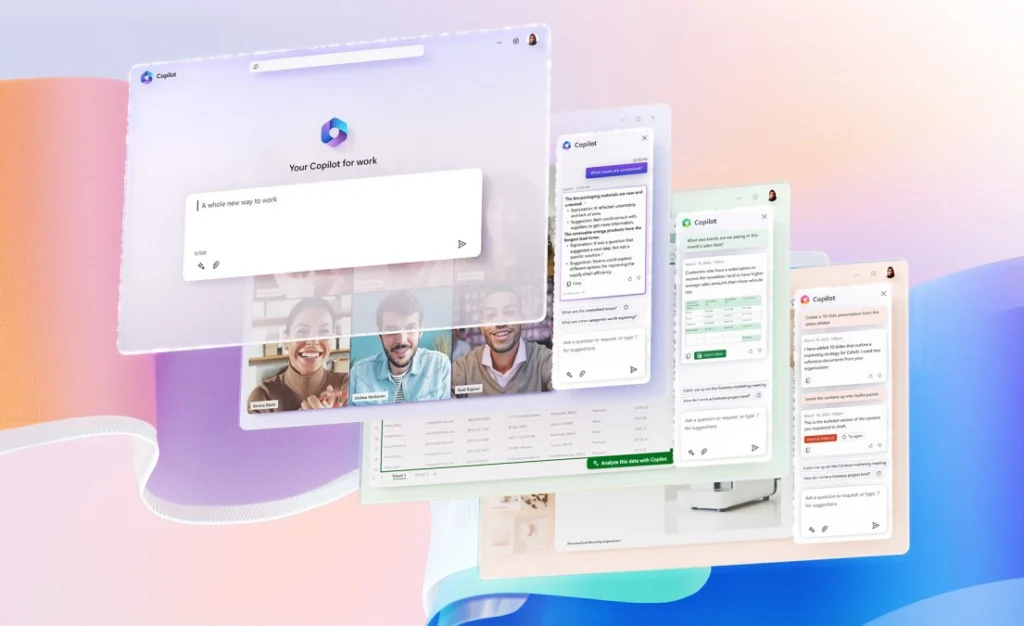The rollout of one of the most eagerly awaited operating systems, Windows 10 is just around the corner. While some users are cautious about it, Microsoft will be rolling out the upgrade to millions of devices globally on July 29, 2015. However, while you may have reserved your copy of Windows 10 already, you might have to wait a few days more to install and use the new OS.
To manage the high demand for the new operating system, Microsoft will “roll-out Windows 10 in phases.”
However, this may be a good thing as even though the Insider Preview has managed to sort out a lot of bugs, application compatibility issues and new bugs are bound to show up as people start using Windows 10 on their personal devices. This phased roll-out would help Microsoft fix those bugs as they are found, making it worth the wait, at least for some users.
Features to Look Forward To
While Windows 10 is designed to look and feel familiar to older Windows iterations, it will come with a number of new features and enhanced security as well. Some of the most popular, new features of the OS are Cortana and Microsoft Edge. While Continuum and Hello will also make using Windows devices a lot easier.
Windows as a Service?
One of the key differences with this new operating system is the model Microsoft is using to provide Windows 10 to users. Microsoft is ambitiously aiming to deliver Windows to users as a service, very much akin to other SaaS solutions that are so popular in the technology industry nowadays.
While this sounds like a great idea in principle, with a continuously updated OS, which keeps receiving new features regularly via small patches, only time will tell whether this model will work for Microsoft or not.
Application Compatibility with Windows 10
Microsoft’s move to test the operating system out through their Windows Insiders program might have turned this new OS into one of their most polished and stable releases to date.
This may have helped iron out most of the bugs in the OS, but at the same time, has helped improve application compatibility across devices. Because of this, most of the applications that people use today on their Windows 7 or 8.1 PCs should be compatible with Windows 10.
- Plex servers compromised and held for ransom - July 10, 2015
- MasterCard is testing a treat for selfie lovers - July 7, 2015
- Amazon launches new plan to pay some authors based on number of pages read - July 6, 2015



